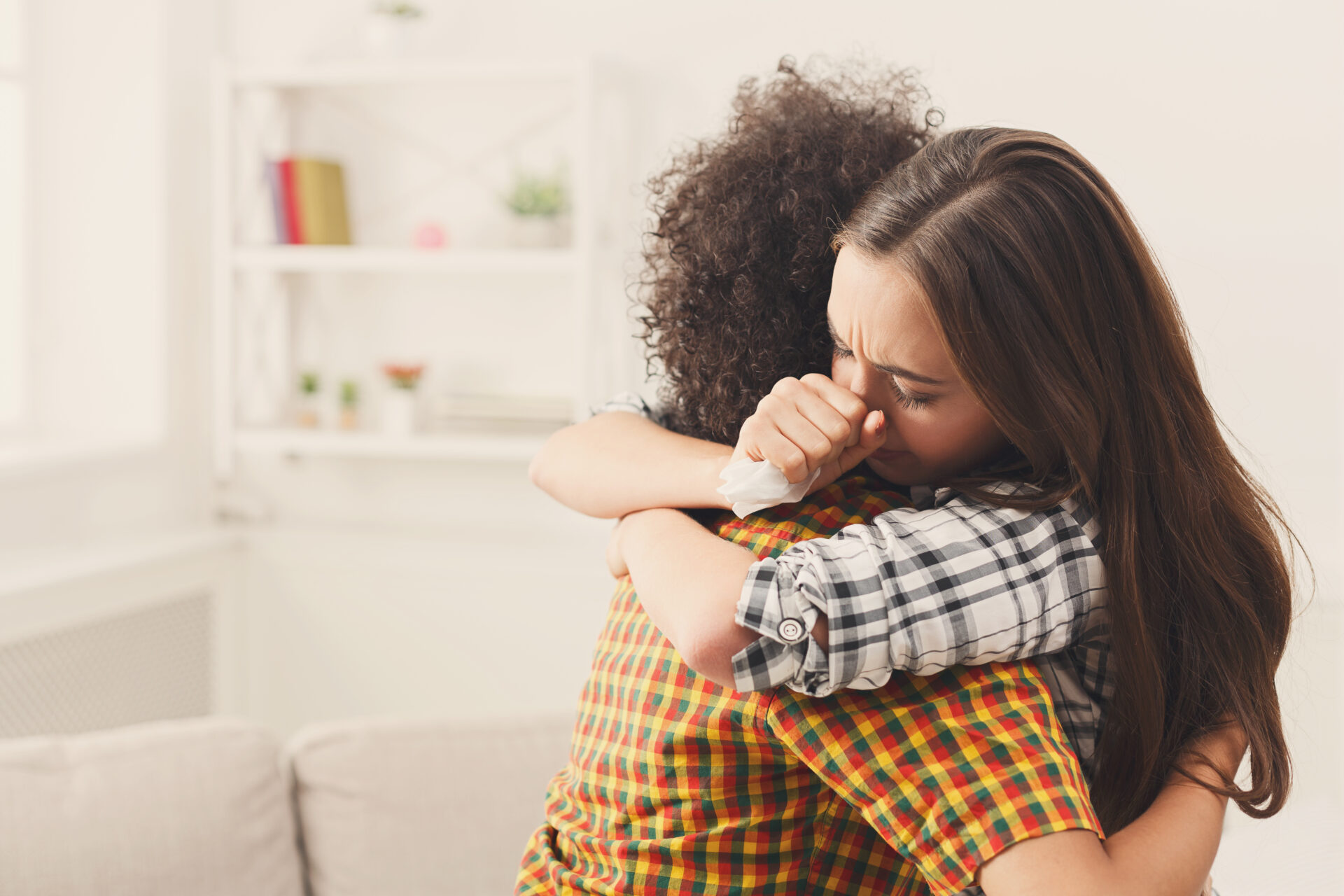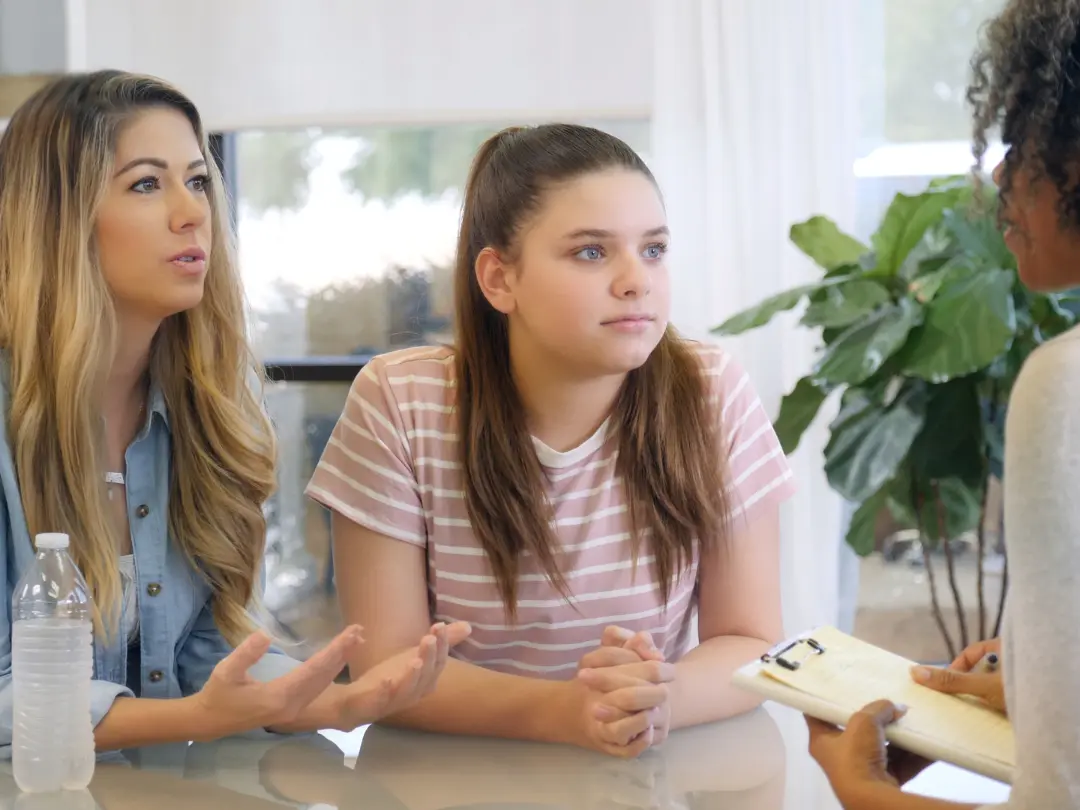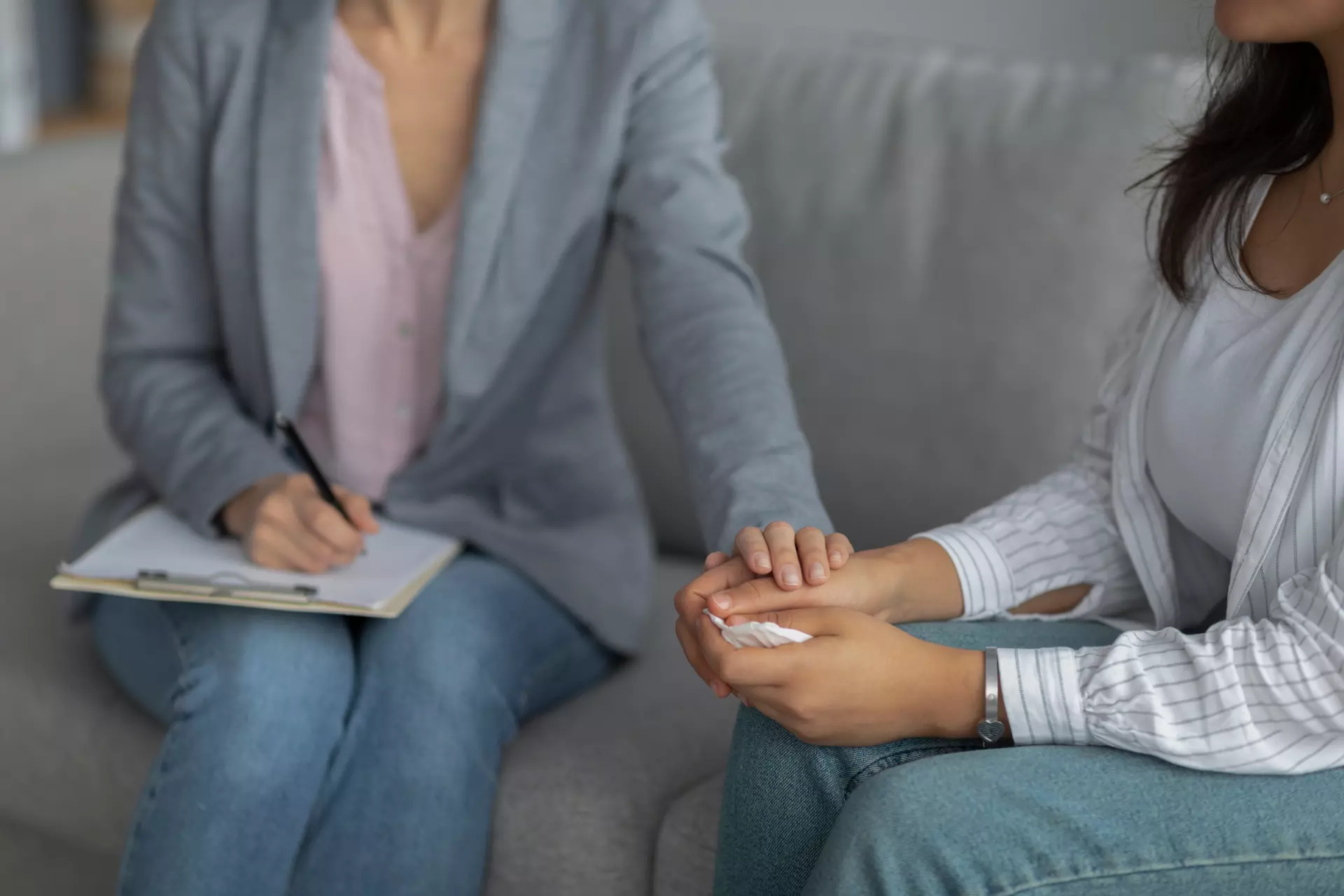June 27th is National PTSD (Post Traumatic Stress Disorder) Awareness Day, which makes it an opportune time to talk about the extensive list of the symptoms of PTSD and how to recognize real signs of distress.
When Do Symptoms of PTSD Start to Appear?
People can start to feel impacted by a known trauma they endured almost immediately. When that happens, it can be easy to spot or recognize that someone is suffering from PTSD. But did you know? Most symptoms of PTSD usually begin within 3 months of the traumatic incident? But sometimes symptoms can emerge much later – even decades later. That makes them harder to recognize or understand. And when you factor in the fact that the person may not even fully remember or understand their trauma (for example with adults of childhood sexual assault), PTSD can truly be an undiagnosed mental illness.
Identifying PTSD from Other Mental Health Issues
To meet the criteria for PTSD, symptoms must last longer than 1 month, and they must be severe enough to interfere with aspects of daily life, such as relationships or work. The symptoms also must be unrelated to medication, substance use, or other illness.
What makes diagnosis more difficult is that PTSD symptoms are not the same for everyone, even if they result from the same traumatic event. In fact, two people can experience the same traumatic event and only one develops PTSD. Some can recover from their symptoms within 6 months, others have symptoms that last for a year or longer. Adding to the complexity, people with PTSD can often experience other conditions, such as depression, substance use, or anxiety.
As a matter of precaution, it is always advisable to see a health care provider such as a psychiatrist, psychologist, or therapist to help you obtain the proper diagnosis so you can get the best treatment.
Specific PTSD Symptoms and Classifications:
PTSD symptoms vary widely but when we think about what they are, we mostly think about the type classified as Re-Experiencing Symptoms – or ones that can occur over and over. Literally anything can trigger these symptoms including certain words, sounds, smells, sensations, events, items or objects, or certain situations. These symptoms can be as follows:
- Physical signs of stress such as sweating, hyperventilating, sleeplessness, erratic movements, etc.
- Flashbacks where the victim relives the traumatic event
- Reoccurring dreams and/or memories related to the event
- Distressing and disturbing thoughts
- Re-experiencing symptoms can surface unexpectedly and in fragmented pieces which can be confusing to those who do not understand this process
Sometimes PTSD symptoms are not exactly measurable or observable. They can be an inaction rather than a reaction. These are commonly referred to as Avoidance Symptoms. Avoidance symptoms may cause people to alter their regular lives and/or change their routines. For example, after a near-drowning, a person may avoid pool parties or swimming in any body of water. Avoidance symptoms can include:
- Avoiding or shying away from places, events, or objects because they are reminders of the experience
- Avoiding thoughts or feelings so as not to be reminded of the traumatic event
- Avoiding situations that cause unwanted bodily sensations
PTSD symptoms may include more subtle symptoms that may not seem all too concerning at first, and may even appear to be common reactions that you might experience every day. These are called Arousal and Reactivity Symptoms, and they can lead to feelings of anxiety, stress, and anger which then interfere with such things as sleeping, eating, or concentrating. These symptoms can often include:
- Having difficulty focusing or concentrating
- Having difficulty falling asleep or staying asleep
- Being jumpy or being easily startled
- Feeling tense and uneasy
- Feeling irritable and easy to anger
- Engaging in destructive behavior that puts you or others at risk
The last classification of PTSD symptoms are called Cognition and Mood Symptoms and can be the most subtle as they can often be undetectable to observers. Cognition and mood symptoms can lead a person to feel detached from friends, family members, and even the world. These symptoms can often include:
- Loss of interest in normal activities they used to enjoy before the trauma
- Feelings of social isolation and avoiding social situations
- Trouble remembering even the most salient facts of the traumatic event
- Negative thoughts about the world, their lives, and themselves
- Distorted thoughts about events that include guilt or self-blame
- Overwhelming negative emotions, such as fear, anger, guilt, or shame
- Inability or difficulty feeling positive emotions, happiness, or fulfillment
Children and teens, when compared to adults, can have similar reactions to trauma. That being said, younger children under the age of 6 may have additional symptoms including:
- Fearful of being alone and can be clingy with a parent or other adult
- Bedwetting even though they have not had accidents before
- Being unable to talk or articulate despite having been able to verbally communicate previously
- Acting out the trauma during a playtime activity or role-playing
Older children and teens do tend to display more similar symptoms to those seen in adults, but due to the added feelings of guilt they may be experiencing for not preventing injury or deaths, they can also develop the following:
- Being disruptive or disrespectful
- Displaying destructive behaviors
- Having thoughts of revenge
Getting Help for PTSD
If you or someone you know is struggling with PTSD, we can help. Our Approach at New Hope Counseling and Wellness Center is to treat the individual and not the condition. If you or someone you know experienced a trauma firsthand or even as an observer and you notice changes in their behaviors or believe they have PTSD, please know that treatment is available.
- Trust that there is HOPE for you through counseling and therapy.
- Therapy could benefit you in amazing ways.
- Through counseling and therapy, we will work together to identify your trauma and help you to develop a new understanding and connection to your feelings, allowing you to experience happiness.
Our team of specialists works with teens, adults, and families. We will develop a personalized mental health treatment plan for you or your loved one. Contact us today. You are not alone.








